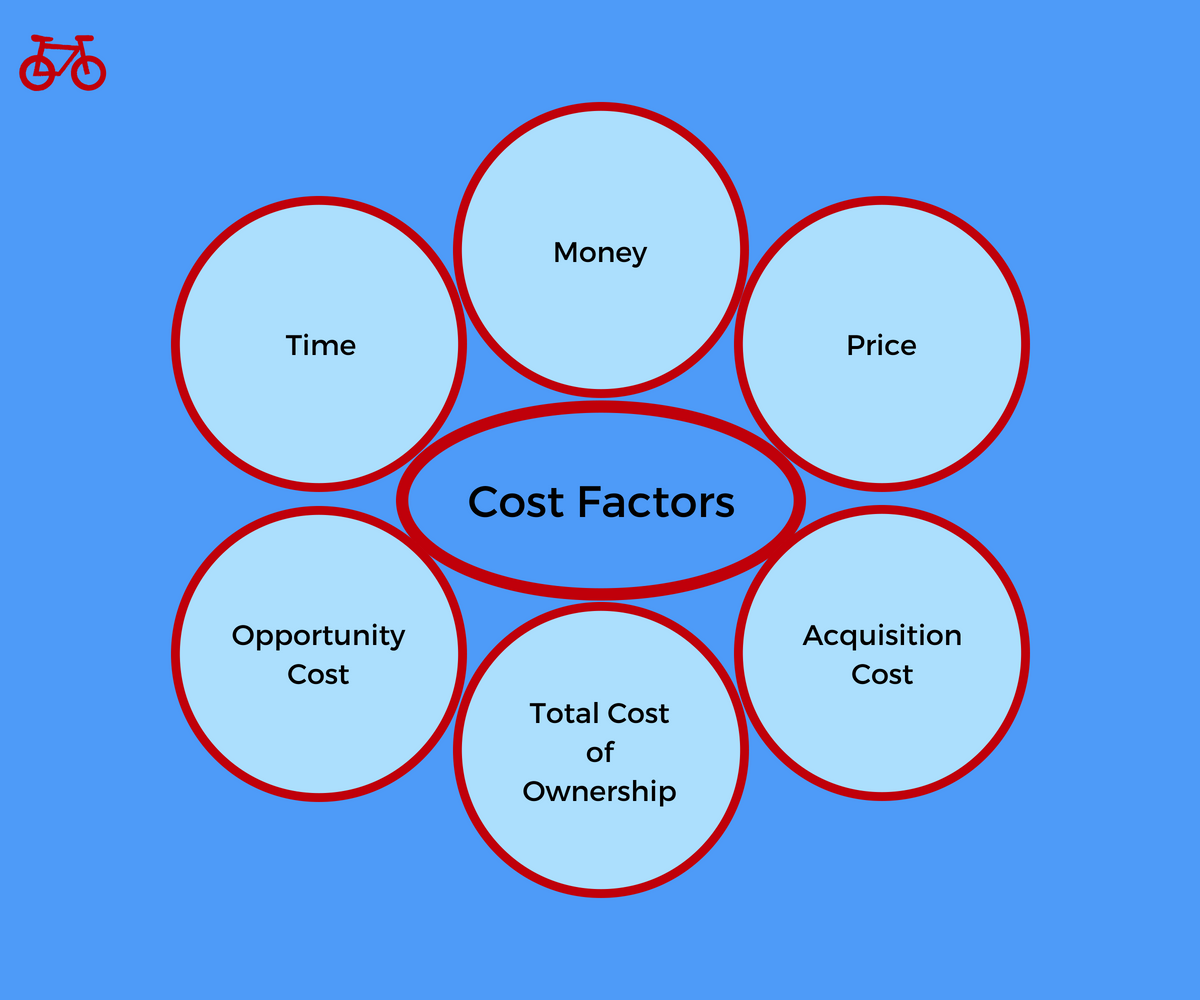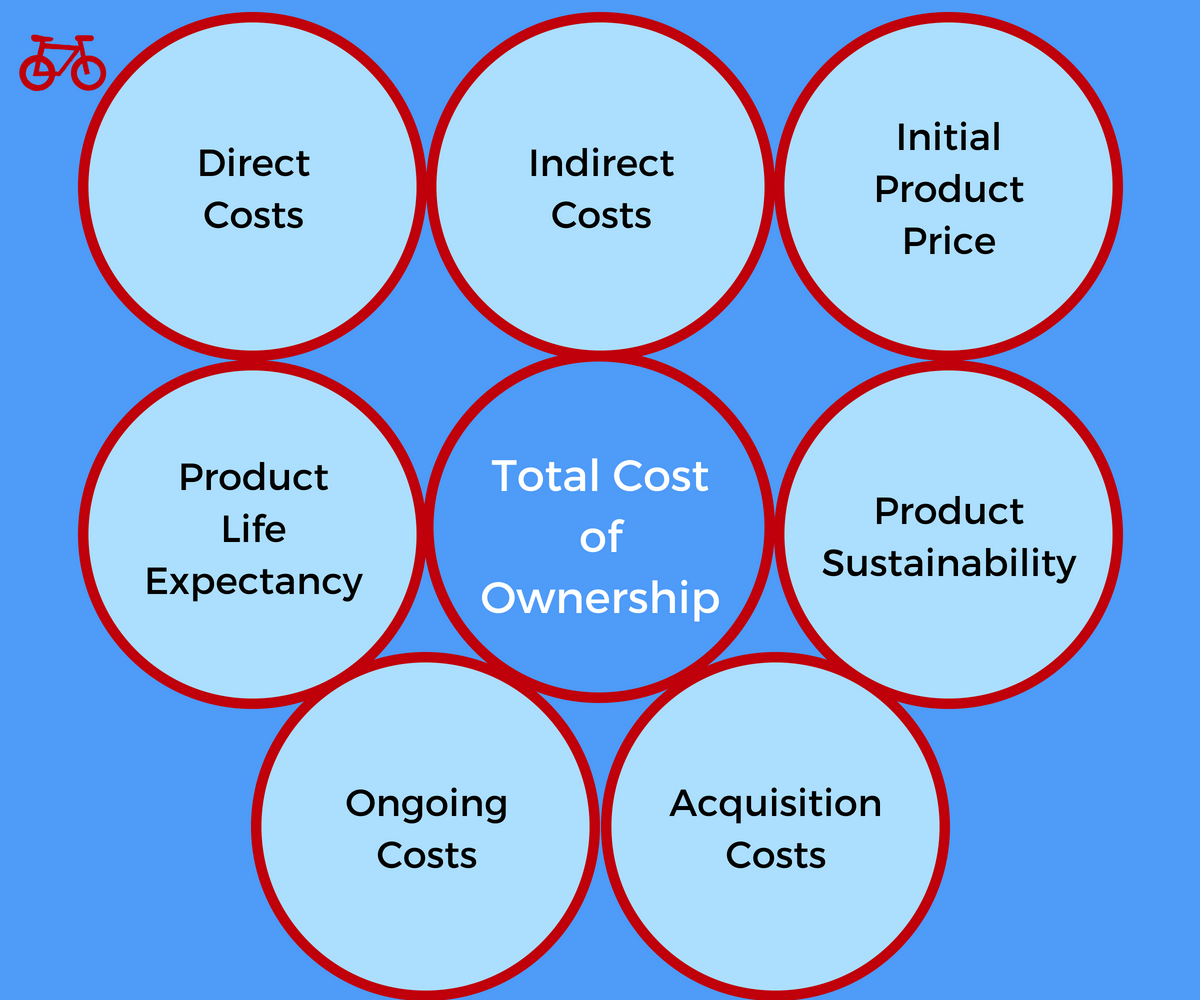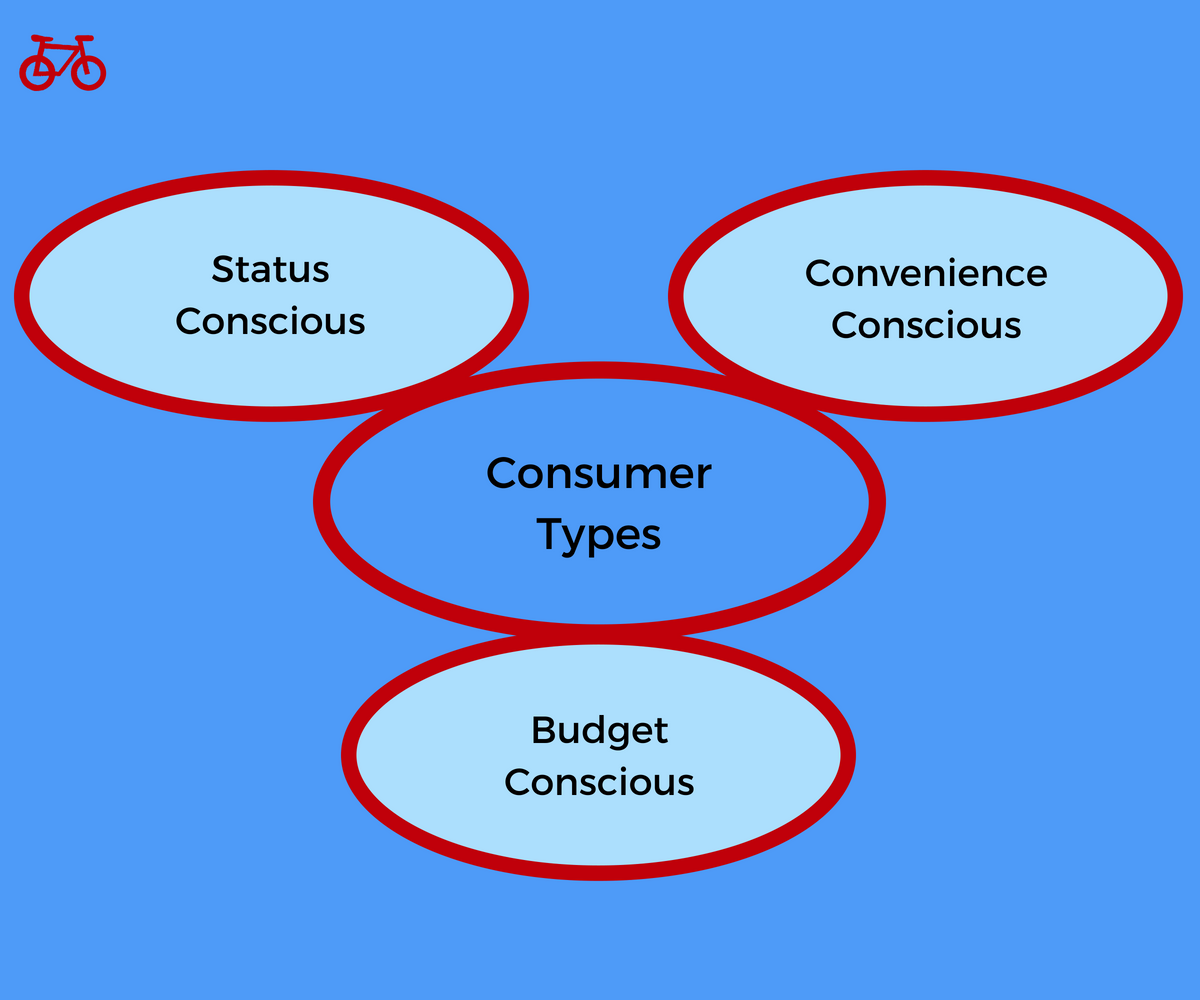Cost is a critical component to our customers. It addresses the price that they pay for our products. Also, it addresses all ongoing costs associated with our products.
Thus, cost as a marketing mix concept allows us to holistically look at the cost of a product from our customers perspective. This provides an effective way to address the price of our products.
Here, we will address various aspects of cost as a component of the marketing mix.
What is Cost?
Cost is the concept in the 4Cs marketing mix model that looks at the cost of acquiring and using a product from the customers perspective. It includes every aspect of cost that a customer may face when using your product.
The cost component can include things like the price, the cost of switching, the time it takes to learn a new product, and any ongoing maintenance costs. It creates a holistic view of the customers perspective for acquisition and use of your product.
Ultimately, it is about the total cost of ownership of a product.
The Factors of Cost
The cost of a product has many factors. Some we think about before every purchase. Other factors we only realize after we have the product, use it, and wish we thought about it before.
These are direct costs, indirect costs, time, and money. All of which are important. The following are a few cost factors we should consider when pricing our products.

Time
Often, time is a concept and factor that we overlook in the cost of products. This is the time it takes to get the product, as well as the time to learn how to use the product. It can be looked at as the time it takes to onboard a customer.
For example, some products can have a steep learning curve, which can be great for customer retention. Think of the Linux operating system. Alternatively, it can be a hindrance to customer acquisition.
Money
Money is a big consideration to cost. This can be the money a customer needs to acquire the product. Or, the ongoing money needed to continue using the product. Incorporating money into the equation can determine how easily this factor can be addressed.
For example, cars require large up-front costs. Thus, to alleviate this factor, companies provide many financing options. This is common for big ticket items. Where money can be a deterrent because of the large amount that is needed. So, financing solves the problem.
Addressing money in the cost is understanding the price of your product and the costs that are associated with it from the customers perspective.
Price
Price is a huge consideration. This is the number that is going to set the baseline for a customer to acquire and use your product. Also, this is the most common factor we think of when addressing cost for our customers.
Considering the price, what we set for our customers is important. It drives many other considerations about our customers and our product.
Opportunity Cost
Opportunity costs need to be addressed with our customers. They are either giving up something to use our products. Thus, this should be reflected in the overall cost of the product and our marketing messaging.
Opportunity cost is addressing what our customers give up in order to use our product. We can use this to alleviate the uncertainty of new products.
Acquisition Cost
Acquisition costs are the costs associated with beginning to use a new product. Specifically, your product. These are costs like training, new processes, time to take possession, and anything related to starting with a new product.
These are the costs to be addressed with onboarding new customers. Whether it is a simple consumer product or a complex business to business product, there will be some acquisition costs. It is important to address them.
Total Cost of Ownership
The total cost of ownership are all the costs that are associated with a product. This is the all-encompassing cost factor that a customer is faced with when using your product. These can either be highlighted or down-played depending on the product.
The concept is understanding what the customer will face in terms of cost by using the product.
Cost is an important component of the marketing mix. It includes price and it can drive much of our marketing activities and messaging. To properly address, we need to understand our customer and the factors they care about.
What is Total Cost of Ownership?
Total cost of ownership is the complete cost of a product over the products lifetime. This will include the initial purchase the product, as well as the ongoing costs to maintain and use the product. It will take into account all direct and indirect costs.
Total cost of ownership is a concept that can be applied from a consumer’s point of view and a marketing point of view. When looked at as a marketing concept, we can use the total cost of ownership to communicate the value of our product to our customers.
Total cost of ownership is a core concept when applying the cost component of the marketing mix.
Total Cost of Ownership Factors
When considering the total cost of ownership, there are many factors to be considered. Some might apply from a company’s perspective and others from the consumers perspective. When addressing the cost component of the marketing mix, we should look at both sides.
When calculating the total cost of ownership that we want to convey to our customers, we should address some of the following factors.

Direct Costs
Direct costs are all the costs that are directly attributable to the product. This can include things such as the price, any maintenance and service costs, or accessories needed to use the product.
Direct costs are relatively easy to calculate and are usually clear to both the customer and the company.
Indirect Costs
Indirect costs are the costs that are not always clearly associated with the product. These can be things such as the time it takes to learn how to use the product. Or, it can be things like the convenience of product acquisition.
Indirect costs are not always clear, they are not always high, and they do not necessarily present themselves immediately. But, they are clear factors customers consider when using or purchasing a product.
Initial Product Price
Price is a clear factor of the total cost of ownership. Typically, this is the initial price of the product. Which is a major factor in the initial consideration of product use.
Price is the traditional price we think about. It is the number that is on the price tag. It is the number that we will pay to begin using the product. That being the case, it is these reasons that it is such a crucial fact in the total cost of ownership.
Product Life Expectancy
The life expectancy of a product is an important factor because it provides context to the initial product price. If a product has a high initial price, but the product has a long-life expectancy, then the product is not nearly as expensive.
The life of a product is an important factor from both the company and the customers perspective. When determining the initial price and the total cost of ownership, the life of a product is an important component.
Product Sustainability
An extension of product life expectancy, a products sustainability is another consideration factor for total ownership costs. Sustainability is how serviceable the product is over the course of its life. Meaning, how easy is it to replace parts and extend the product life.
This factors in the total cost, because products that are sustainable can have a lower total cost of ownership. It can mean that fixing and servicing the product is more economical than replacing the product.
Ongoing Costs
Ongoing costs are a products servicing costs and maintenance costs that are required to use the product over time. When designing and marketing a product, it is important to consider these factors. Also, these are important to reflect the total cost of the product.
Customers may not always estimate these costs, especially when comparing different products. These can make products more or less expensive. But, they can also impact other indirect costs.
Acquisition Costs
Acquisition costs are all the costs associated with getting started with a new product. This can mean learning the new product, trading out old products, or the effort it takes to switch products.
At times, these can be steep. Thus, the value of your product has to outweigh the acquisition costs. But, considering these factors can make product adoption easier.
The total cost of ownership is an important concept to the cost component of the marketing mix. Using this as marketing messaging, as well as an understanding of the customers perception is critical when price is such an important factor in the customer journey.
Understanding your Consumers
There are various types of consumers and it is good to understand which type you are marketing to. It may be that you market to multiple types of consumers. Thus, various forms of messaging can be used.
In terms of cost, there are a few common types of consumers. The following are some of the common types of consumers.

Status Conscious Consumers
The status conscious consumer is the luxury market. These are the consumers that are willing to spend more on products based on maintaining their status. Or, by achieving status.
Often times, these consumers purchase luxury goods or goods with a strong brand they identify with.
Convenience Conscious Consumers
Convenience conscious consumers are concerned with the convenience of a product. The products they purchase can be a higher price, so long as their acquisition and consumption are convenient.
For example, the rise of eCommerce lends itself to the convenience conscious consumer.
Budget Conscious Consumers
The budget conscious consumer is ultimately concerned about price. These are the consumers that purchased based on price. But, the price has to be relative to the value. So, they may spend more if they believe they are getting more value.
Catering to this market is understanding that cost is an important factor. And, the consumer is continually on the lookout for cheaper alternatives.
Understanding the consumers you are marketing to will determine how they, and you, think about cost. Once you understand how they view cost, then you can structure your pricing and marketing message around price accordingly.
Cost, as a component of the marketing mix, is an important part of how you deliver your marketing message. Whether you are positioning as a high-end brand, a value brand, or a low-cost leader, messaging is key. To get the right messaging, you need to understand your customers perspective.
Thus, using this concept in your marketing mix might be a more holistic view of the consumer. Understand your consumer, then cater your marketing mix and marketing messaging to what fits.
